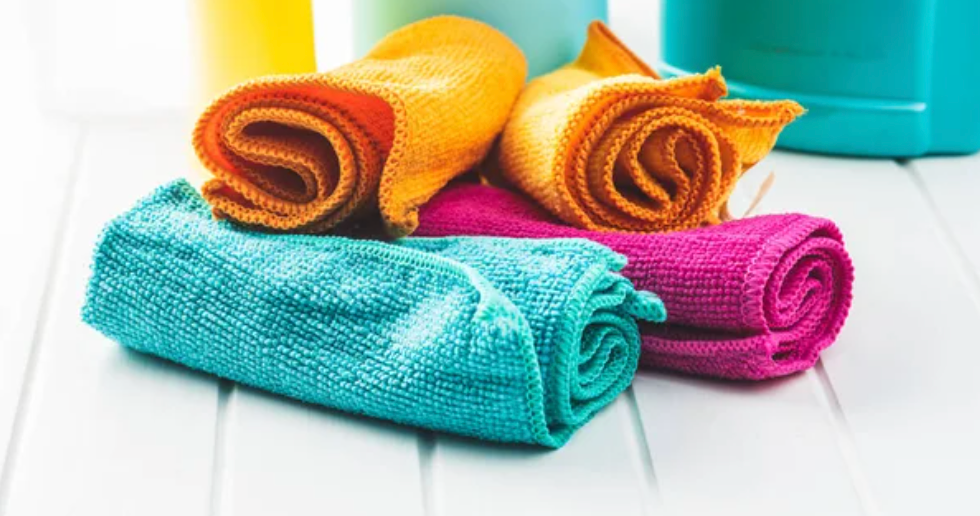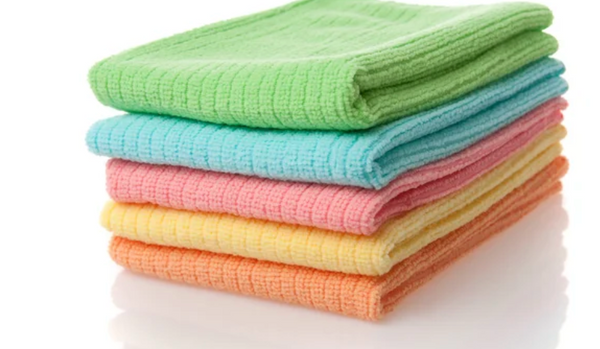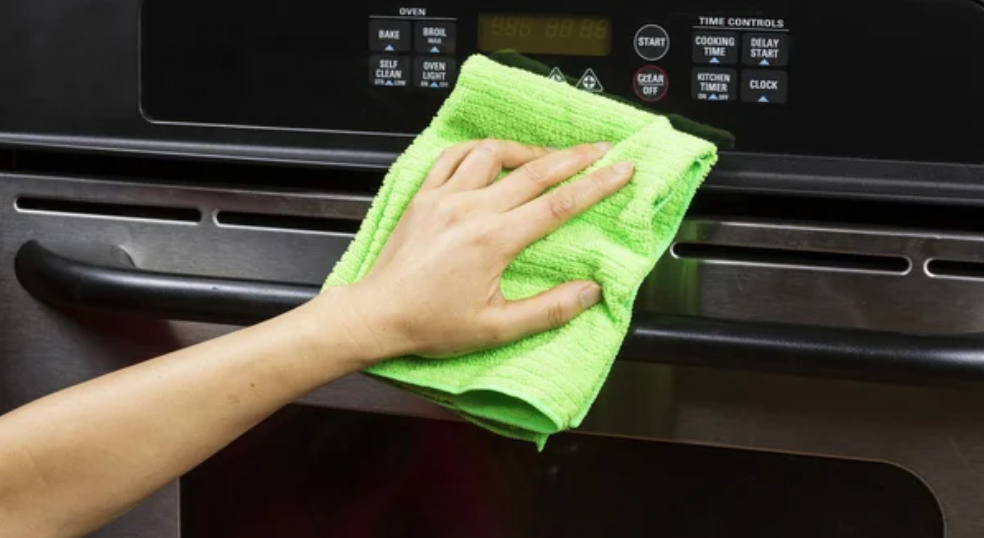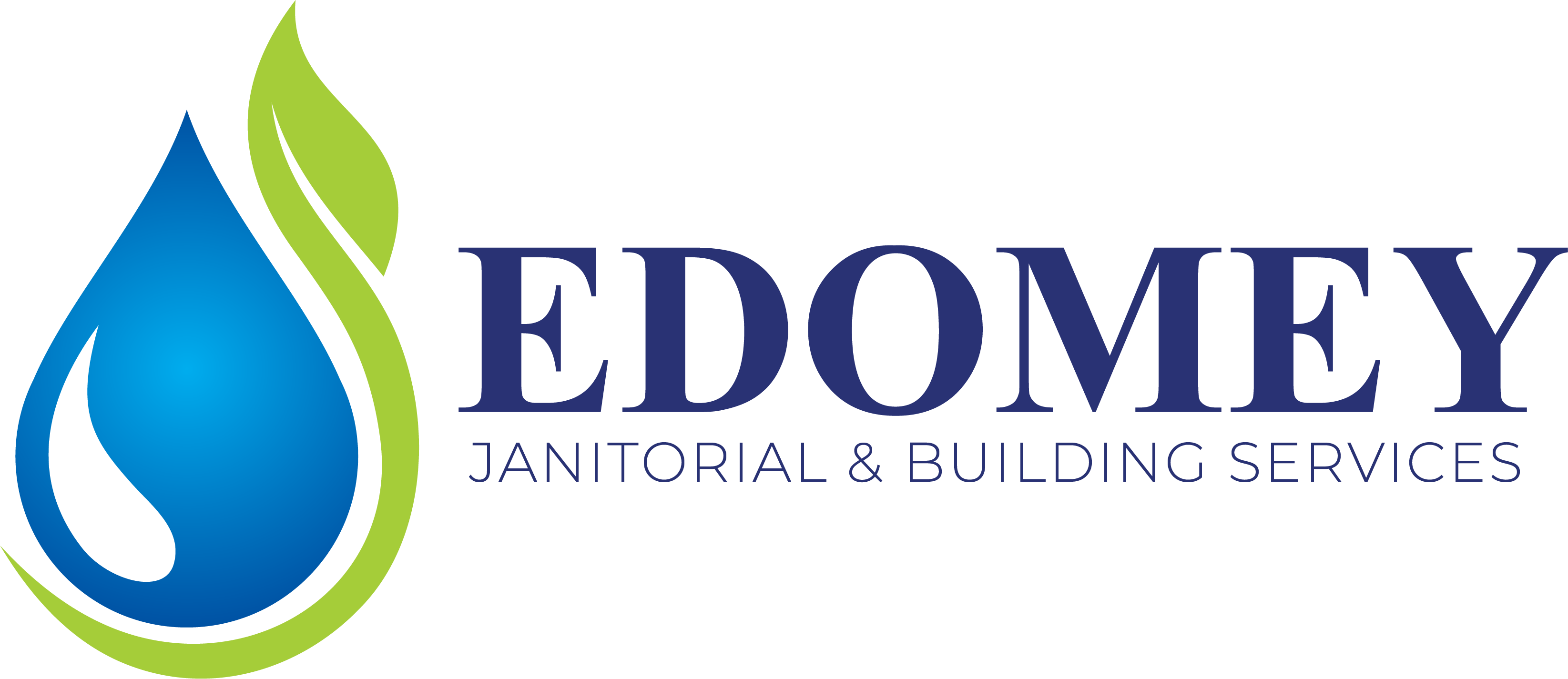This most important product breakthrough in the residential and commercial cleaning services industry may have been microfiber technology. It's a simple and straightforward way to contribute to the preservation of the environment. The major advantages of employing microfiber material go beyond the well-being of your employees. It reduces your impact on the waste stream, as well as the amount of water and toxic chemicals you use. The use of water and chemicals may be reduced to a minimum in certain situations thanks to microfibre. What are the benefits of making the switch? Edomey | Commercial Cleaning Services Vancouver

The Benefits of Cleaning Using Microfiber
Edomey Enterprises Ltd. - Jay Do

What is Microfiber?
Microfibre is a synthetic fibre that was introduced to mainstream markets in the 1990s, although the development of this ultra-fine fabric began in the late 1950s. Polyamide (nylon) fibres and polyester (polyethylene terephthalate) fibres are the building blocks of microfibers. Together, these strands produce an area covered in millions of tiny gaps that trap moisture, dirt, and debris. Traditional cotton cloth and mop fibres cannot reach the tiniest cracks and crevices, but microfibres can. Static electricity produced by the nylon fabric attracts dirt, which is then trapped in the cloth or pad until it is cleaned.
Advantage of Using Microfiber for Commercial Cleaning
One of the most common applications for microfiber is mopping. Wet mopping floors in janitorial facilities have traditionally relied on typical cotton loop mops. When it comes to mopping, microfibre is the way to go.
- Improve Cleaning Power: A microfiber mop has a greater cleaning power than a cotton mop because it can get into surface pores and crevices that a cotton mop can't.
- Reduces The Amount Of Water And Chemicals that are used In comparison to ordinary cotton mops, microfiber mops use between 10 and 20 times less liquid. The use of chemicals in microfibre applications is quite rare.
- Productivity: Aids in increasing output. Using a normal mop is no longer necessary. If the used microfiber mop head is not placed back in the cleaning solution, the user does not have to replace the cleaning solution between operations..
- Cross-contamination may be reduced by using this product. Microfiber cleaning has become a popular method in healthcare settings. Some state rules demand that maintenance employees take out the mop and/or cleaning solution after every patient room in order to decrease the danger of cross-contamination. The use of microfiber flat mops helps the facility meet these standards.
- Workplace injuries may be reduced by using these devices: Microfiber mops are simpler to use since they are lighter than traditional wet cotton loop mops.

How To Use Microfiber?
High heat will degrade the microfiber's efficacy because of the nylon content. Microfiber should only be cleaned at temperatures under 200 degrees Fahrenheit, according to the manufacturer's instructions. Adding bleach and fabric softener to your cleaning products is not suggested. In order to avoid overheating the drying process, keep the temperature below 140°F.
Chemicals that may damage microfibers are rare. Acids, on the other hand, must be avoided. The chemical bottle has a warning notice on it. Plastics may be damaged by chemicals, and microfibers may be damaged as well. Avoid washing microfiber with lint-prone textiles. The lint will accumulate on the microfiber and make it useless in the washing machine.
Microfiber may be washed up to 500 times with these easy maintenance guidelines and still be an efficient cleaning tool.
5 Ways To Take Advantage of Microfiber
There are no detergents or cleaning solutions needed when using microfibre, which reduces the number of chemicals needed to clean As a consequence of this decrease in chemical consumption, you and your employees may enjoy environmentally friendly office cleaning. Microfibre may be used in a variety of ways to keep your workplace clean:
- For polishing chrome on faucets, knobs, stairways and more, Microfibre is an excellent choice.
- Streak-free windows may be achieved by using fewer chemicals and water.
- String mops should never be re-dipped in unclean water, which might spread germs. Microfibre mop heads are easy to clean and may be washed many times.
- Electronics - Commonly used and shared electronic devices in the workplace might transfer germs. Once a week dusting computer peripherals like the mouse and keyboard and the phone may help prevent the spread of these germs.
- Using a Microfibre cloth dampened with a little water, remove stains from upholstery or carpeting.
